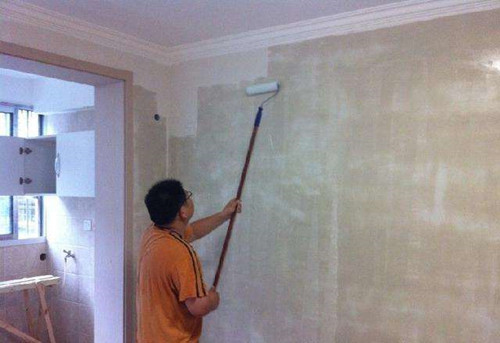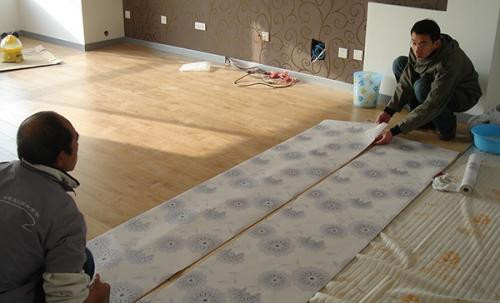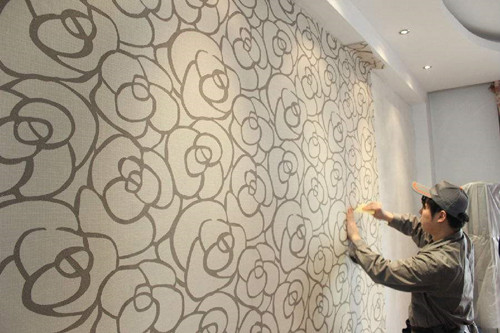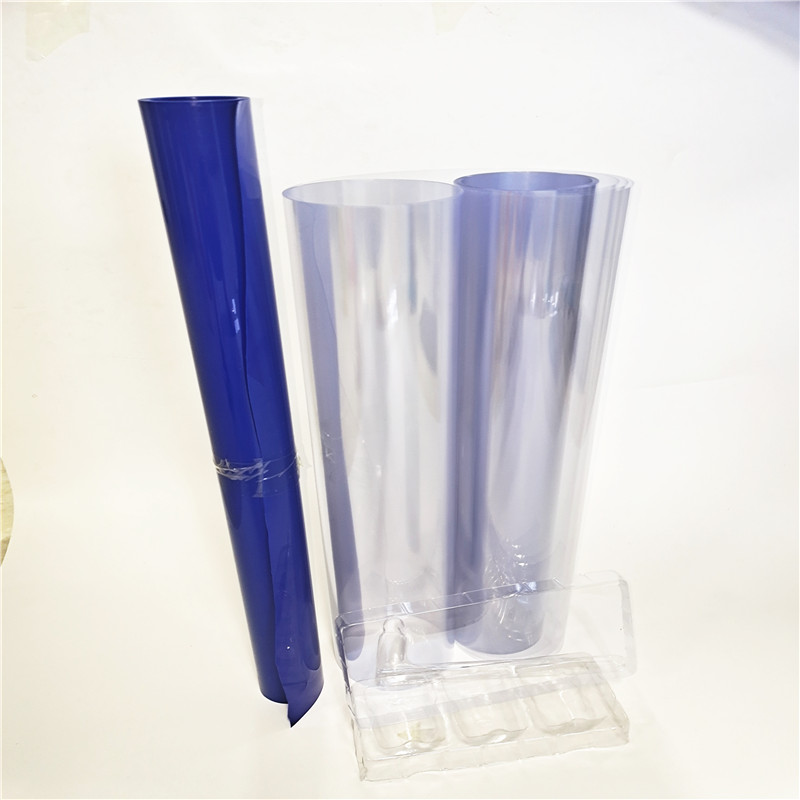With the development of society, environmental protection issues for new homes are increasingly valued by people. Therefore, in order to improve the environmental protection of home improvement, most owners will use wallpaper to decorate the wall. But if you want to paste the wallpaper is also a technical job Oh, so let's introduce to you about how to paste wallpaper related content! How to paste your own wallpaper - to eradicate the wall As we all know, there is a layer of lime on the wall of the new house, but the wallpaper is not sticky on the lime, so first we have to remove all the lime from the original wall and clean it. However, if there is a crack in the wall, we will use gypsum powder to smooth out, so that the wall looks smooth. How to paste their own wallpaper - brush base oil If everyone wants to use the wallpaper for a longer period of time, we can brush a layer of base film on the wall, because the base film is one of the wall protectors, but here we must pay attention to the thickness must be moderate. Next we can putty powder, scraping putty powder should be carried out in proportion. How to paste wallpaper yourself - cover oil In order to look beautiful, we try to flatten the wallpaper, so after the putty powder is dry, we use the base film to evenly coat the wall. But you don't need to be too thick. Just a thin layer is enough, because after the wallpaper is applied, it will make the wall even. How to paste wallpaper yourself - cutting wallpaper After the above steps our wall has been processed, then we will begin to cut the wallpaper. First of all, we must measure the height of the wall that needs to be affixed. In the process we must accurately measure the size. After the size is good, we can start cutting the wallpaper. How to paste wallpaper yourself - Applying glue After the wallpaper is cut, we can brush the wallpaper glue. First of all, we will flatten the back of the wallpaper and use a brush to evenly spread the glue. Here we must pay special attention to the fact that the wall of the wallpaper must be covered with glue. This way, the construction will be more beautiful. Then we put the painted wallpaper for 5 minutes and we can paste it. However, if the wallpaper is thicker, the standing time will be a little longer. At the same time, we must face off the glue. How to paste wallpaper yourself - wallpaper The wallpaper can be put on the wall after it has been left for a while. We must follow the direction from top to bottom and vertical, and then use a spatula to gently level the wallpaper. But at the junction of the two wallpapers, the excess glue must be squeezed out to smooth out, and afterwards it is dried and it is done. Screenplay summary: The above is the knowledge of how to paste wallpaper and the small steps of wallpapering yourself, hoping to give you some help. If you need to know more about how to paste your own wallpaper, you can always pay attention to us. The following articles will be more interesting!
Polyvinyl chloride plastic is a polymer formed by free radical polymerization of vinyl chloride monomer. The English name is polyviny chloride, or pvc for short.
0.038mm-0.35mm
3tons
30% deposit,balance within 7 days after BL copy
ISO 9001 ;SGS;TUV
PVC uncoated card overlay film package:
PE FILM INSIDE + KRAFT OUTSIDE+PALLET
Our company adopts the protection angle of the paper shell imported from Taiwan, which can ensure the integrity of the goods to the maximum extent in the transportation process.
Pvc Films,Card Material Pvc,Colorful Pvc Films,Pvc Transparent Hard Sheet Shandong Top Leader Plastic Packing CO., LTD , https://www.sdzlplastic.com



PVC is one of the largest plastic products in the world. It is cheap and widely used. PVC resin is white or light yellow powder. Different additives can be added according to different purposes, and PVC plastics can present different physical and mechanical properties. Adding an appropriate amount of plasticizer to the polyvinyl chloride resin can make a variety of hard, soft and transparent products. PVC can be divided into soft PVC and hard PVC. Soft PVC is generally used for floors, ceilings and leather surfaces, but because soft PVC contains softeners (this is also the difference between soft PVC and hard PVC), it is easy to become brittle and difficult to store, so its scope of use is limited. Rigid PVC does not contain softeners, so it has good flexibility, easy forming, not brittle, non-toxic and pollution-free, and has a long storage time, so it has great development and application value. The essence of PVC is a kind of vacuum blister film, which is used for the surface packaging of various panels, so it is also called decorative film and adhesive film, which is used in building materials, packaging, medicine and many other industries. Among them, the building materials industry accounts for the largest proportion at 60%, followed by the packaging industry, and there are several other small-scale applications. According to the molecular weight, PVC can be divided into two types: general-purpose type and high-polymerization type. Our commonly used PVC resins are all universal.
Product
Pvc Uncoated Card Overlay Film
Thickness
Width
max<1430mm
packing
PE film+kraft paper+pallet
Color
transparent
Supply Ability
5000 tons/month
Material
100% virgin Japan or Taiwan material
Delivery time
Within 15 days after deposit
MOQ
Payment term
Certificate
Paper tube Core:76MM
Paper tube thickness: 10mm
Paper tube port: No burrs and shredded paper are allowed. It is not allowed to stick with tape. Both ends of the paper tube are flush with the product.
Weight: 1kg
